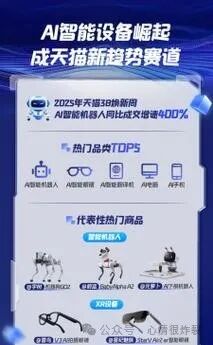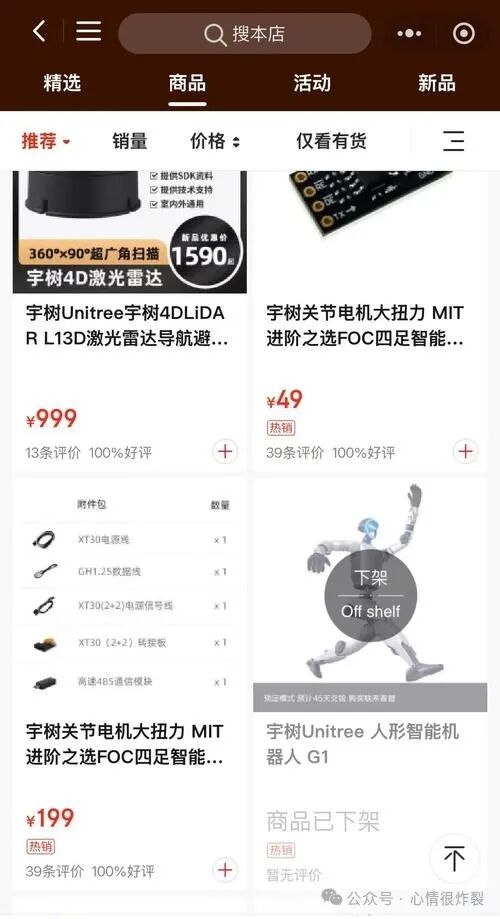As you open the financial report, the entire saga of the robot industry supply chain unfolds before your eyes. The shining names on the list of suppliers for Yush Robotics—Yaskawa Electric, NVIDIA, and CATL—have become thermometers, reflecting the true pulse of the global technology industry’s transformation hidden within the profit and loss figures of the first quarter of 2025.
Yaskawa Electric’s servo motors supplied to Yush saw a 5% year-on-year decline in net profit, shocking the veterans of the manufacturing industry. The servo system is the “tendons” of robots, but the chill from weak industrial automation demand has blown a hole in Yaskawa’s financial report. In contrast, Shenzhen’s Inovance Technology reported an 8% growth in net profit, riding the tailwind of domestic substitution. A veteran in the workshop remarked: “In the past, we had to wait for emails from Tokyo headquarters to adjust parameters for imported servo systems; now, with domestic systems, we can upgrade remotely via OTA (Over-The-Air technology) and change configurations online at 3 AM.”

In the reducer market, Harmonic Drive is firmly seated, with a 12% revenue growth making its 18% net profit margin particularly striking. This German company, specializing in harmonic reducers, maintains a precision gear engagement tolerance of within 0.5 microns, equivalent to one-hundredth of a human hair. However, industry insiders are beginning to wonder: will the domestic reducer breakthrough replay the drama of the photovoltaic industry bringing down overseas giants?
The battlefield for chips is even more intense. NVIDIA’s net profit surged by 32%, making Jensen Huang’s leather jacket shine even brighter. The business of supplying AI computing chips to Yush has become NVIDIA’s warm coat against the winter of consumer electronics. However, Keyence’s 3D vision sensor saw a 3% profit decline, forcing engineers to optimize algorithms to new heights—the latest iteration of the vision system can accurately grab target objects from a pile of 3,000 parts in just 0.1 seconds, three times faster than the technology of 2023.

The battery sector’s plot twists are even more dramatic. CATL’s 15% net profit growth is driven by increasing the energy density of its 4680 cylindrical battery to 400Wh/kg, a figure 20% higher than the version Tesla released two years ago. However, Lens Technology’s loss of 120 million yuan exposes the harsh reality of the “ice and fire” dichotomy between consumer electronics and robotics—while they achieved a production line yield of 98% for the aluminum-magnesium alloy joint shells made for Yush, the smartphone business is dragging them down.
Looking back to 2023, the global robot supply chain was still mired in the chip shortage. At that time, Yush’s motion controller supplier, GSK, nearly clashed with electric vehicle manufacturers over TSMC’s 7nm process capacity. Now, GSK’s 6% net profit growth reflects a sense of hard-earned relief—the latest motion controller can coordinate 128 joints with millisecond-level response, a feat that would have required military-grade chips three years ago.

Germany’s SICK saw an 8% decline in net profit, reflecting the chill of reduced investment in European manufacturing. However, their customized solid-state LiDAR for Yush has increased detection range from 150 meters to 300 meters, with a resolution of 0.01 degrees. A workshop veteran joked: “With this precision, we can even distinguish male from female mosquitoes flying by.” Delta Electronics’ flat net profit hides a technical breakthrough, with power module efficiency rising from 85% to 92%—don’t underestimate this 7 percentage point increase, as it boosts the Yush Atlas robot’s endurance by 40 minutes.
The tragicomedy of the supply chain cannot escape the old trope of “choking the neck.” Harmonic Drive’s reducer patent wall, NVIDIA’s CUDA ecosystem, and Keyence’s vision algorithm library—these technological moats have not only enabled Yush but could also become a shackle. Just like during the US-China trade war in 2018, when a domestic robot manufacturer was grounded for three months due to a supply cut of FPGA chips.

Not only the Chinese are sensing the crisis. The Japanese Ministry of Economy, Trade and Industry has just updated its “Robot Strategy 2025,” setting a localization target of 70% for key components; the U.S. National Robotics Initiative 2.0 has directly invested $2.8 billion in collaborative robot research and development. In this global race, whoever first overcomes the three mountains of precision transmission, tactile feedback, and autonomous decision-making will be able to carve out the largest piece of cake at the robot feast in 2030.
Staring at the financial reports of Yush’s suppliers, one can faintly see the shadow of the smartphone supply chain battles from a decade ago. Who would have predicted that BOE could snatch screen production right under Samsung’s nose? Now, at the table of the robot industry supply chain, there are both old aristocrats like Yaskawa and Harmonic Drive, as well as fierce newcomers like Inovance and CATL.

The old gentlemen of the German Academy of Engineering are right: “The robot revolution has never been a solo assault, but a collective army operation of the supply chain.” When Yush’s latest bipedal robot rolls off the production line for the 100,000th time at the Shanghai factory, standing behind it is the entire supply chain from the servo motor workshop in Suzhou to the chip packaging plant in Kaohsiung. This trans-Pacific technological relay race not only has to see who runs faster but also who can hold the baton more firmly.
The future script may be hidden in two data points: the global industrial robot density is climbing at an annual rate of 11%, while the service robot market size is experiencing a compound annual growth rate of 23%. When CATL’s solid-state batteries collide with NVIDIA’s quantum computing chips, and Harmonic Drive’s nano-level gears meet Inovance’s neuromorphic controllers—the final chapter of this robot revolution may leave even science fiction authors speechless.